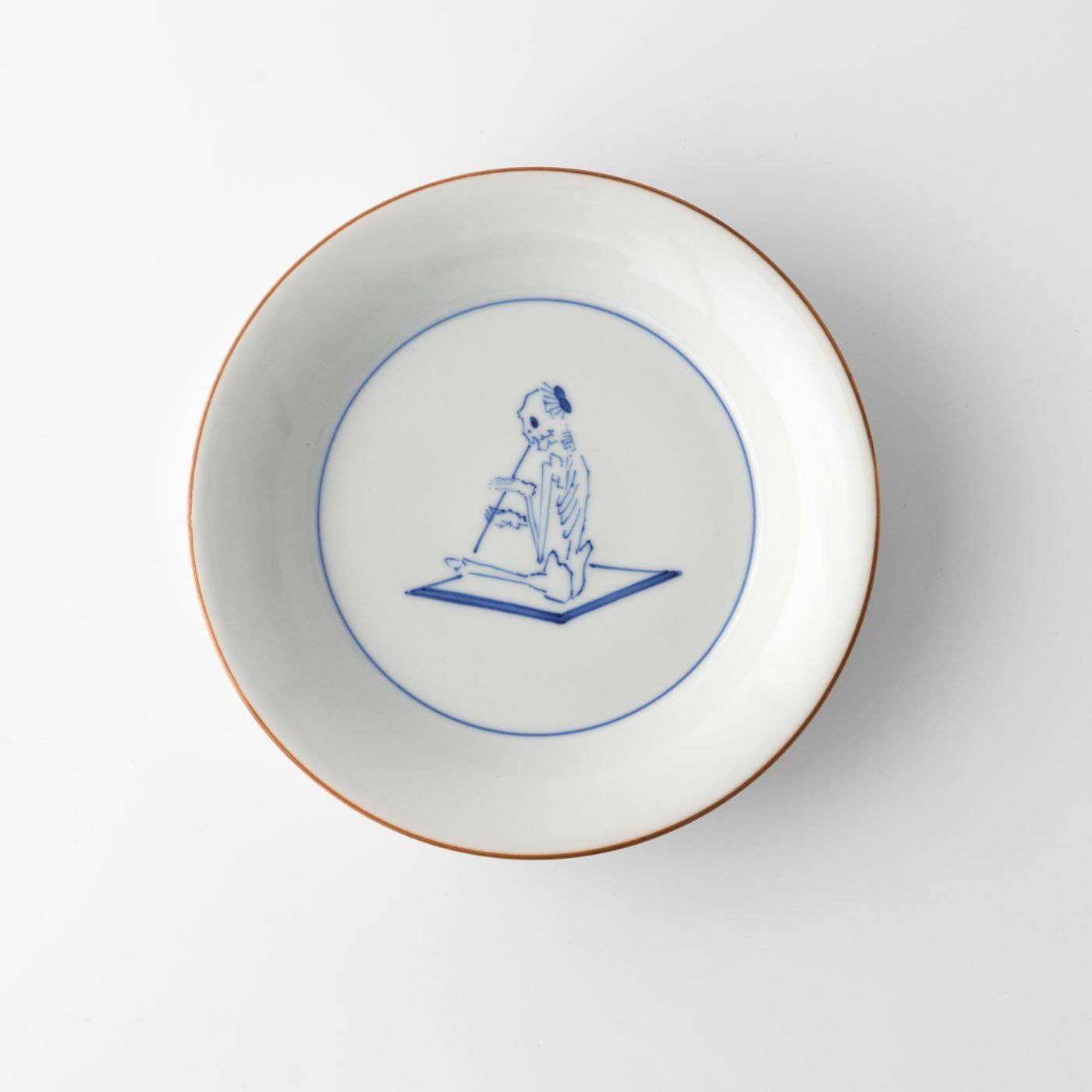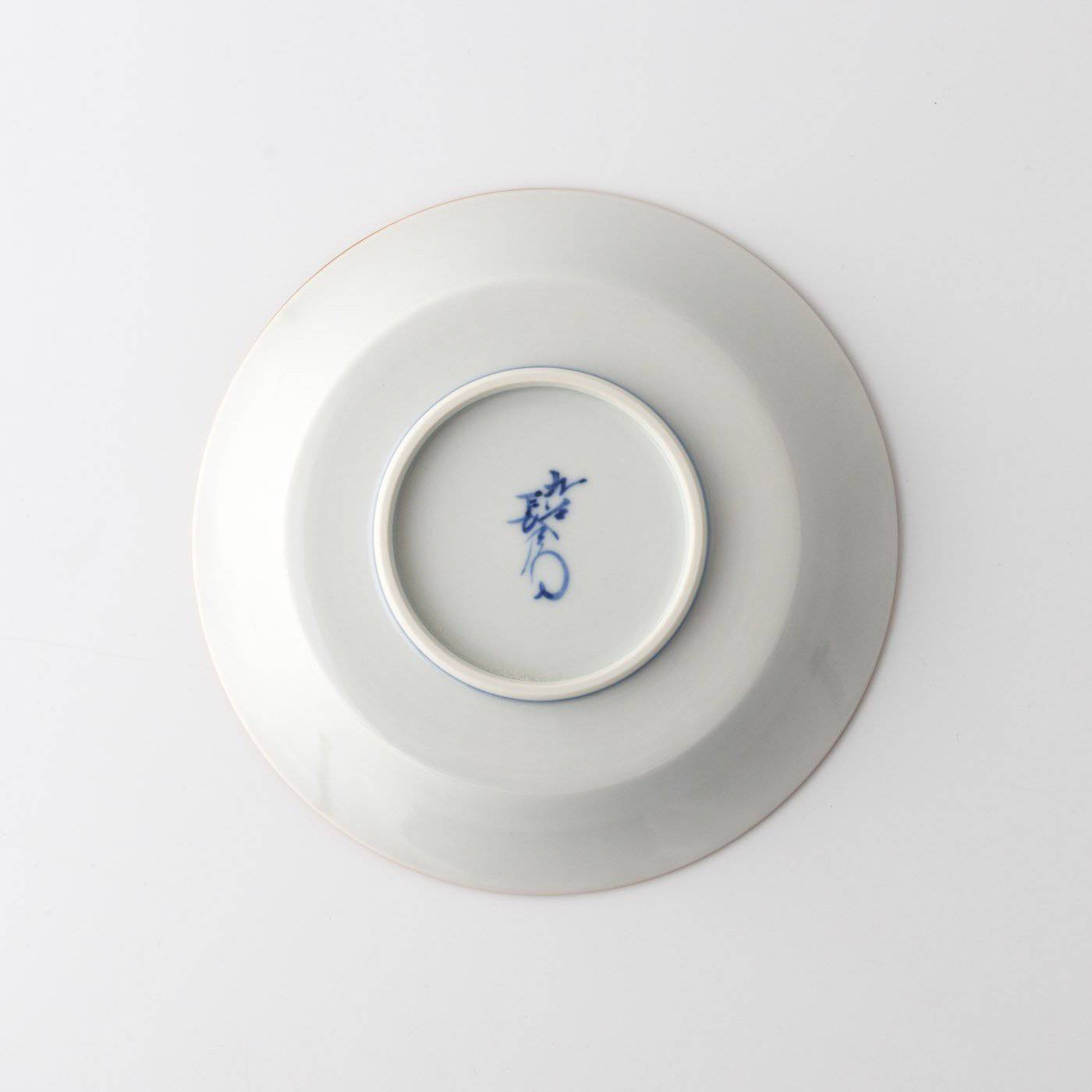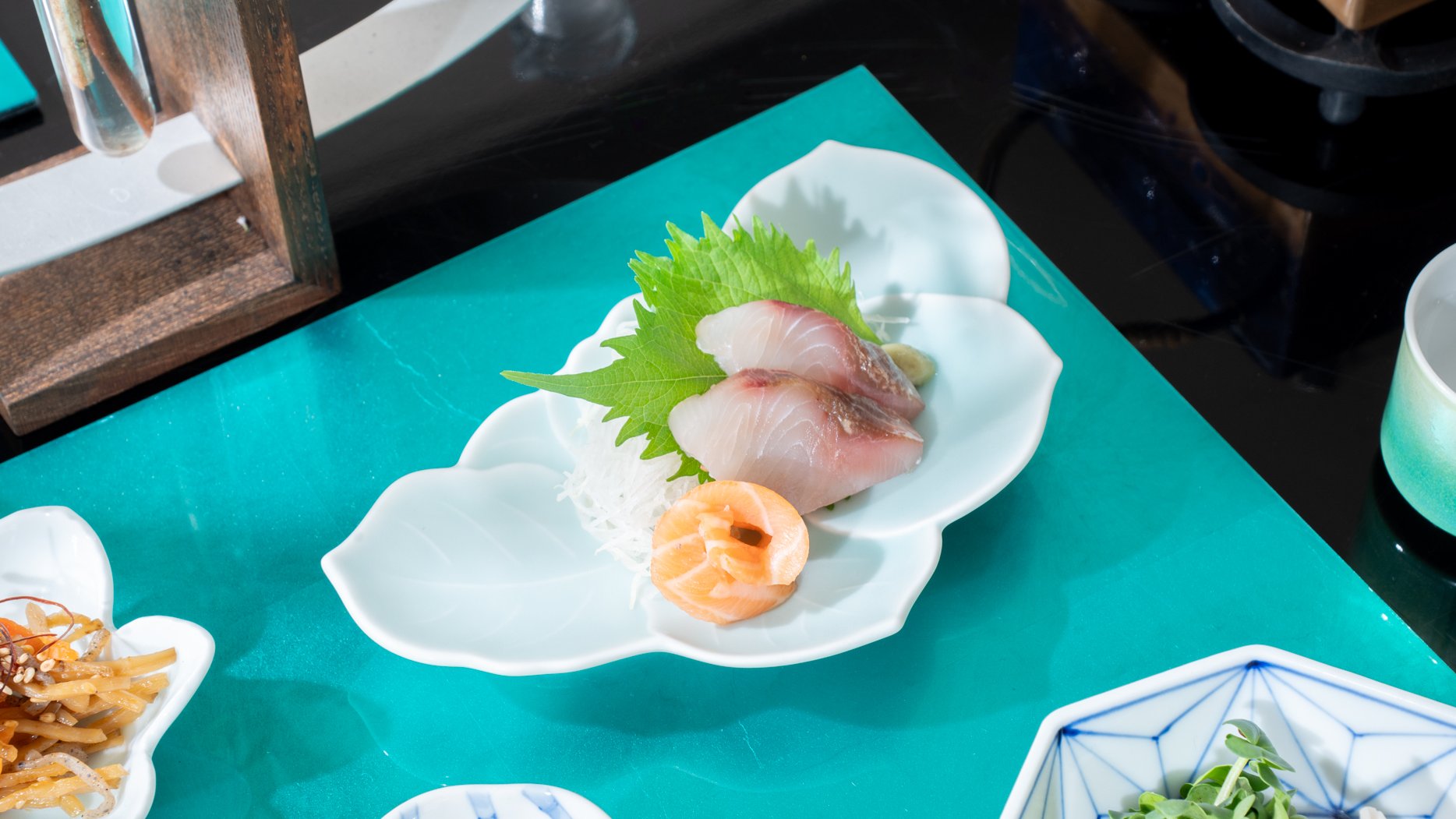







Skeleton Round Side Plate
Estimated Shipping Widget will be displayed here!
A unique blue and white side plate featuring a skeleton playing a vertical flute. This kind of free-spirited, playful design is iconic to Kutani Choemon and serves as a wonderful example of how traditional craftsmanship meets modern creativity.
This versatile side plate is perfect for serving small portions, desserts, or snacks during meals and tea time. It can also be used as a saucer or even as a decorative piece to add character to your table setting.
DETAILS
| Quantity | 1 |
| Size | D 15 cm (5.9 in) x H 3 cm (1.2 in) |
| Material | Porcelain |
| Microwave | Yes |
| Dishwasher | Yes |
Maker / Brand
Operating in a region where the various steps of pottery crafting are usually split among different studios, Choemon Kiln was among the first to bring the entire process under one roof.
While further honing their skills each day, they also strive to take their potential to new heights by embracing diverse challenges. One of their recent exciting projects is a collaboration with Spanish designer Jaime Hayon on the production of unique creations such as skull-shaped candy jars—one of which is in the collection of the 21st Century Museum of Contemporary Art, Kanazawa.

Crafts
Kutani ware is a pottery produced in the Kaga region of Ishikawa Prefecture, with a history spanning over 350 years. It is characterized by the heavy brilliance of the five colors of navy blue, red, purple, green, and yellow that are applied to the bold and daring lines. Its long history has evolved through the tireless efforts and enthusiasm of people who have sought innovation while maintaining tradition.

Choose options








Side Plates
Bring a feeling of quality to your table with our collection of Japanese side plates, expertly crafted by artisans from all across Japan. A key element of an authentic Japanese table setting, the small plates in our selection are curated to fit any aesthetic, from cute and bright to classic and refined. These dishes showcase appetizers, snacks, breads, sweets, and side dishes like tofu, salad, or even slices of fish with ease and style.
This category features plates with diameters ranging from 13–20.9 cm (5.1–8.2 in).

Sometsuke
Sometsuke is a decorative Japanese pottery technique also known as blue and white ceramics. This classic style is cherished around the world for its elegance. We offer a wide range of blue and white plates, bowls, drinkware, and more.
Sometsuke's visually appealing cobalt blue and white porcelain color scheme showcases the beauty of food and is easy to pair with a diverse variety of tableware. Its fine, smooth finish and lightweight feel further enhance the user experience.


